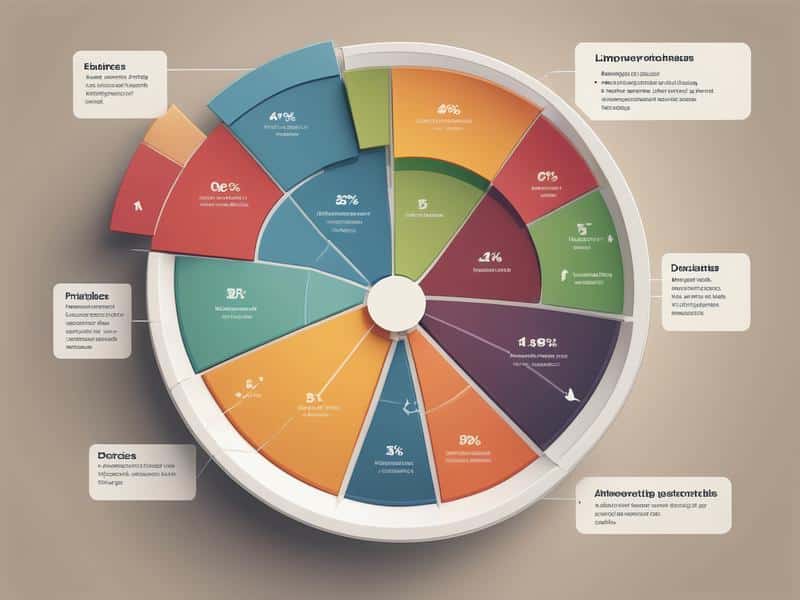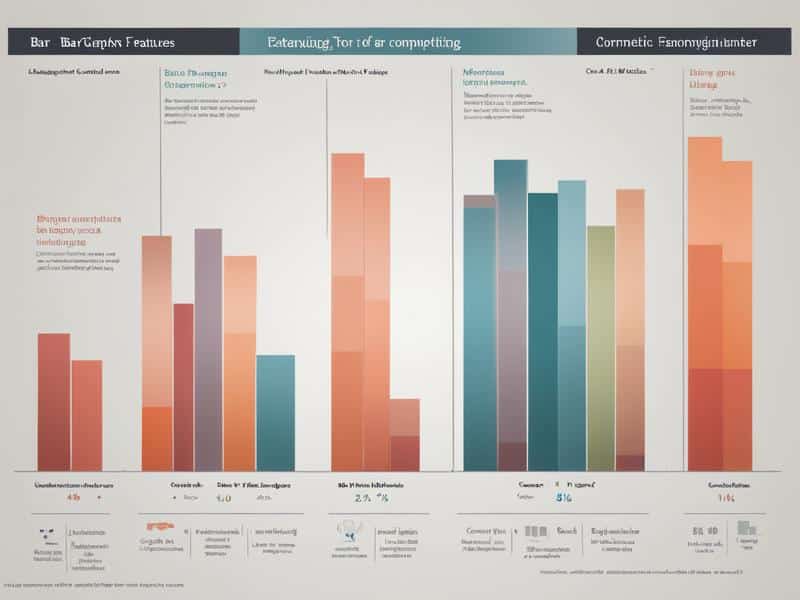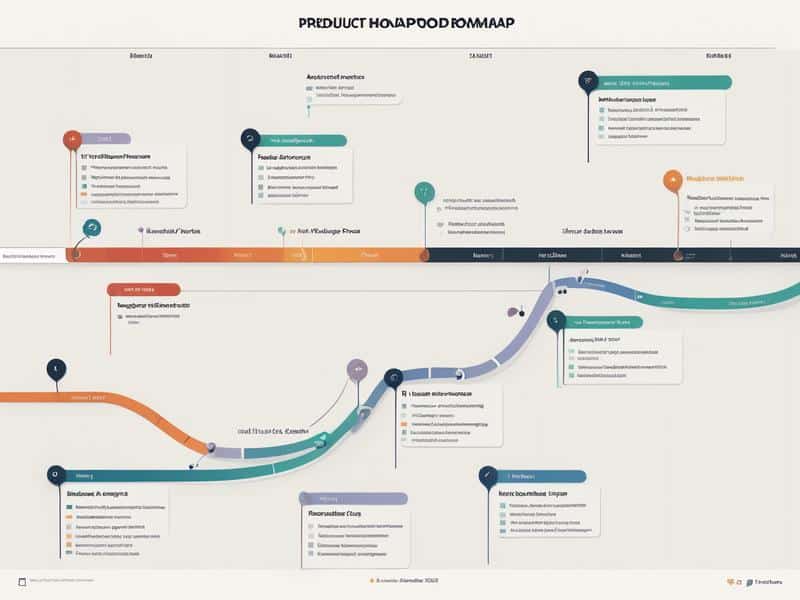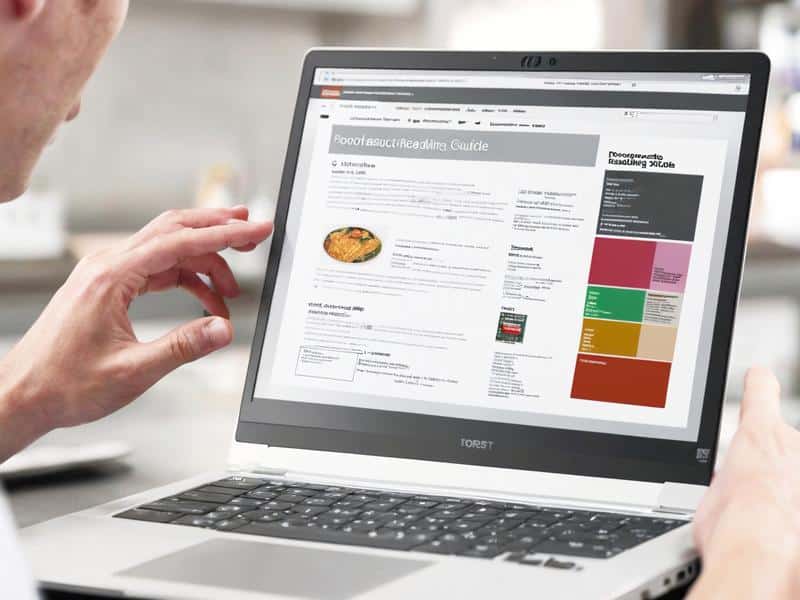In today’s dynamic market, where user expectations are constantly evolving, simply launching a product is no longer enough. To achieve sustainable success, you need to be committed to continuous improvement.
This blog delves into effective strategies for identifying areas for product improvement and implementing successful updates that keep your offering relevant and engaging for your target audience.
Understanding the “Why” Behind Product Improvement
Before diving into specific tactics, let’s establish the core reasons why product improvement is crucial:
- Enhanced User Experience (UX): By addressing user pain points and incorporating their feedback, you can create a more intuitive and satisfying user experience. This translates to increased user engagement and loyalty.
- Staying Competitive: The market is brimming with innovative products. Regular improvements ensure your product stays ahead of the curve and maintains its competitive edge.
- Increased Customer Lifetime Value (CLTV): A product that consistently offers value and addresses evolving needs encourages users to stick around for the long haul, boosting your CLTV.
- Improved Brand Reputation: A commitment to continuous improvement fosters a positive brand image, portraying your company as one that prioritizes user needs and satisfaction.
Effective Strategies for Product Improvement
Here are some key strategies to identify opportunities for product improvement and implement successful updates:
1. Leverage User Feedback:
- Gather Feedback Mechanisms: Actively solicit user feedback through surveys, in-app feedback forms, customer support interactions, and user interviews.
- Analyze Feedback Data: Don’t just collect feedback; analyze it thoroughly to identify recurring themes, user pain points, and feature requests.
- Prioritize Improvements: Focus on addressing the most critical user needs and pain points based on the volume and nature of the feedback received.

2. Embrace Data-Driven Decisions:
- Track User Behavior: Utilize website/app analytics tools to understand user behavior patterns, identify areas with low engagement, and gauge the effectiveness of existing features.
- A/B Testing: Conduct A/B tests to compare different design elements, feature variations, and marketing messages to determine what resonates best with your target audience.
- Data Visualization Tools: Employ data visualization tools to present user behavior data clearly, facilitating better understanding and informed decision-making.

3. Keep an Eye on the Competition:
- Competitor Analysis: Conduct competitor analysis to understand what your competitors are offering, identify their strengths and weaknesses, and discover trends within the market.
- Benchmarking: Benchmark your product’s performance metrics against industry leaders to identify areas where you can improve and differentiate your offering.
- Staying Agile: Be prepared to adapt your product strategy based on competitor advancements and emerging market trends.

4. Prioritization and Roadmapping:
- Idea Management: Capture and document product improvement ideas from various sources (user feedback, data analysis, competitor insights).
- Feature Prioritization: Prioritize improvement ideas based on their potential impact, feasibility, and alignment with your overall product roadmap.
- Product Roadmap: Develop a clear and well-defined product roadmap that outlines planned improvements, feature releases, and development timelines.

5. Continuous Monitoring and Iteration:
- Gather Post-Release Feedback: Once a new feature or update is implemented, actively gather user feedback to gauge its effectiveness and identify any potential issues.
- Data Analysis for Improvement: Continuously analyze user behavior data to identify any unintended consequences of the update and make further refinements if necessary.
- Embrace an iterative approach to product development. Release updates in phases, gather feedback at each stage, and use those insights to inform future improvements.

6. Prioritize User Education:
- Develop clear and concise documentation that explains new features and updates to your users. This can include blog posts, video tutorials, and in-app help sections.
- Offer onboarding resources for new users to familiarize them with the core functionalities and value proposition of your product.
- Host webinars or live Q&A sessions to answer user questions and provide in-depth product training.

Additional Tips for Product Improvement
- Focus on user delight: Go beyond simply addressing pain points and aim to create moments of delight for your users. This could involve implementing unexpected features or exceeding user expectations in terms of customer service.
- Encourage user innovation: Consider creating channels for users to submit their own ideas for product improvements. This fosters a sense of community and can lead to valuable insights.
- Invest in user experience (UX) design: A well-designed user interface (UI) can significantly enhance user experience and make it easier for users to adopt new features and updates.
Conclusion
By adopting these strategies and fostering a culture of continuous improvement, you can ensure your product stays relevant, engaging, and competitive in the ever-evolving market landscape.
Remember, the key lies in actively listening to your users, leveraging data insights, and being adaptable to changing market dynamics.
FAQ
How often should I gather user feedback?
The frequency of user feedback collection depends on the nature of your product and the pace of development. However, it’s recommended to gather feedback regularly, ideally at key points in the development cycle and after major feature releases.
How can I ensure successful product improvement initiatives are implemented?
Effective communication and collaboration are crucial. Ensure your product team understands the rationale behind planned improvements and has the resources they need to implement them effectively.
What if a planned improvement doesn’t meet user expectations?
Be prepared to iterate. Gather feedback after implementation, analyze its effectiveness, and be willing to make adjustments if necessary.

